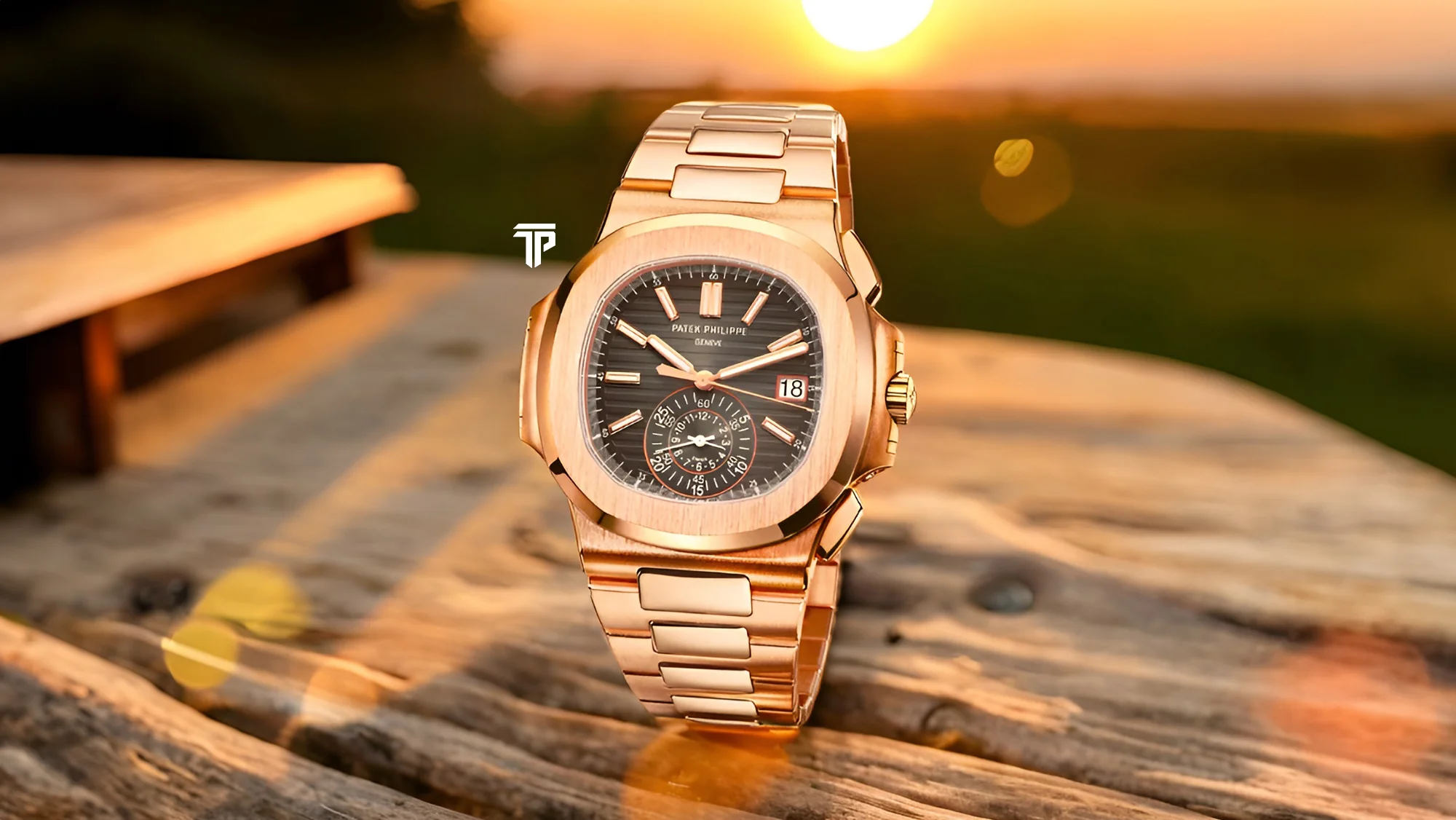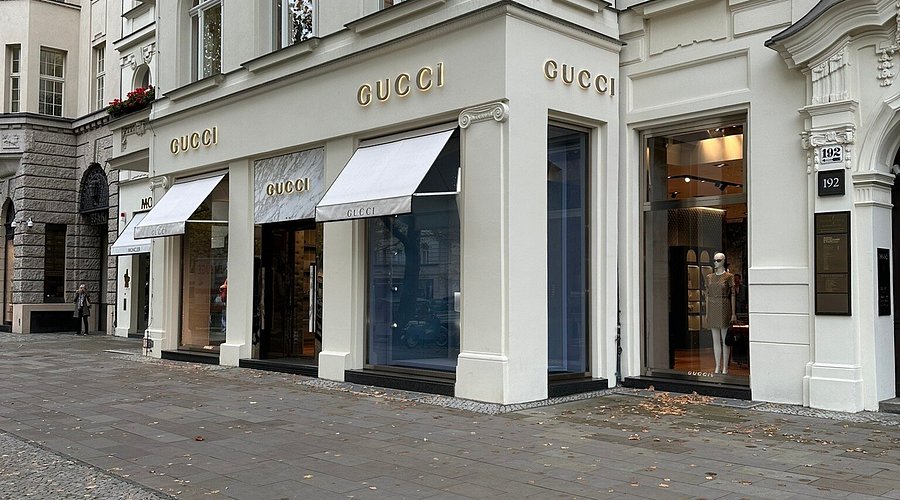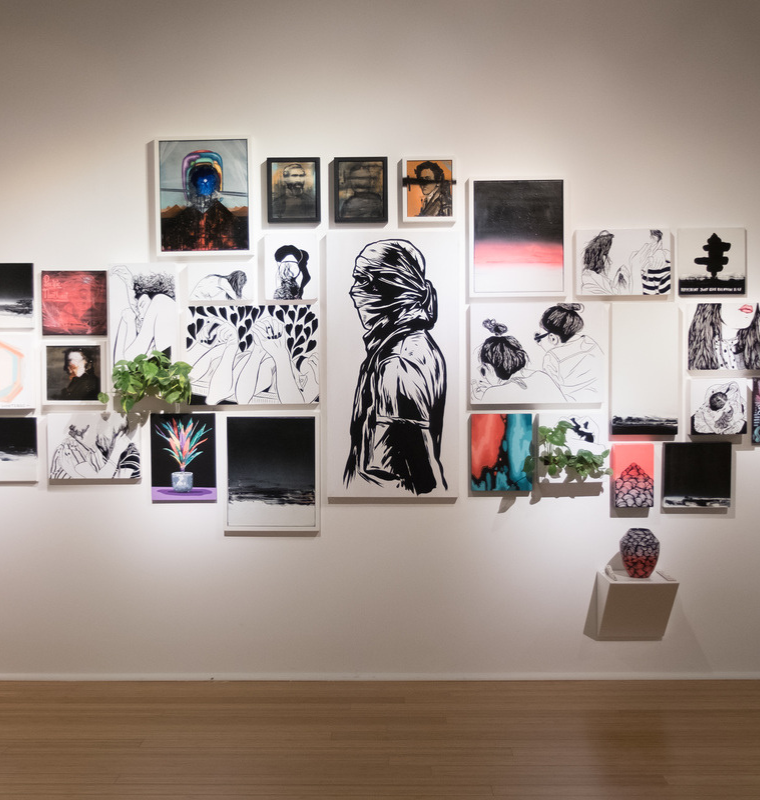Artful Fortunes Transform Rare Masterpieces into Multi-Million Portfolios
By
John Carter
Last updated:
November 20, 2025
First Published:
November 20, 2025

Photo: The Luxury Playbook
For the modern affluent investor, rare art is no longer just an object of beauty but a strategic asset capable of generating immense returns. High-value paintings, sculptures, and unique collectibles are increasingly viewed as financial instruments that can diversify and strengthen personal portfolios. Collectors are discovering that the right artwork not only appreciates in value over time but also offers a tangible connection to history and culture.
Understanding the Market Dynamics
The art market has evolved beyond traditional auction houses and galleries. Digital platforms and private sales are creating new opportunities for wealthy collectors to access rare pieces that were once out of reach. This shift has brought transparency, but it also demands a deep understanding of market trends, artist reputation, and provenance. Affluent investors are increasingly relying on expert advisors to navigate this complex ecosystem.
Strategic Selection of Masterpieces
Choosing the right artwork requires more than aesthetic appreciation. Experts suggest that understanding an artist’s trajectory, rarity of the piece, and historical significance is crucial. Pieces by emerging artists can offer explosive growth potential, while works by established masters tend to provide stability and prestige. Successful collectors often balance their acquisitions across both categories to create a well-rounded art portfolio.
The Role of Provenance and Authenticity
Provenance plays a critical role in determining a piece’s value. Investors seek verified documentation that traces ownership history and confirms authenticity. Museums and private collections often serve as benchmarks for assessing credibility. The most sought-after works carry impeccable provenance, adding a layer of security to what is otherwise a highly subjective market.
Wealth Preservation Through Art
Beyond financial growth, art serves as a medium for preserving wealth across generations. Unlike traditional financial instruments, rare masterpieces cannot be easily devalued by inflation or market fluctuations. For families looking to secure their legacy, art provides a durable and culturally rich asset that carries both financial and symbolic significance.
Global Influence and Market Access
The globalization of the art market has expanded access to international works, attracting investors who seek diversity in both style and geography. From European classical paintings to contemporary Asian art, the breadth of choice allows collectors to construct portfolios that reflect personal taste and global trends simultaneously. Access to global fairs and private viewings has become an integral part of strategic acquisition.
Art as a Statement of Status
Owning rare masterpieces is also a powerful statement of status and refinement. Art collectors are not just buying an asset; they are curating an identity. Private galleries, personal exhibitions, and strategic loans to museums enhance visibility and prestige. For many investors, art serves a dual purpose of financial growth and social influence.
Navigating Risks and Challenges
Investing in art is not without challenges. Market volatility, authenticity disputes, and maintenance costs can affect returns. Experts recommend thorough due diligence and careful management of collections. Insurance, climate-controlled storage, and expert appraisal are essential for mitigating risks. Wealthy investors increasingly view these responsibilities as integral to preserving the value of their investments.
Leveraging Art Advisory Services
Professional art advisors are becoming indispensable for affluent collectors. These experts offer guidance on acquisitions, valuations, and portfolio management. They also provide insider knowledge about emerging trends and exclusive opportunities. Utilizing advisory services allows investors to make informed decisions and minimize exposure to market pitfalls while maximizing potential growth.
The Future of Art Investment
The future of art as a wealth-building asset looks promising. Technological innovations, fractional ownership models, and online marketplaces are creating new avenues for investment. Affluent collectors are increasingly seeing art not just as a passion but as a strategic tool to enhance portfolios, preserve wealth, and cultivate a lasting legacy.
Subscribe to unlock premium content
Sed at tellus, pharetra lacus, aenean risus non nisl ultricies commodo diam aliquet arcu enim eu leo porttitor habitasse adipiscing porttitor varius ultricies facilisis viverra lacus neque.
A comprehensive guide on Agile development

10 Productivity tools that are worth checking out

Top 7 Must have management tools for productivity

A comprehensive guide on Agile development

10 Productivity tools that are worth checking out

A comprehensive guide on Agile development









